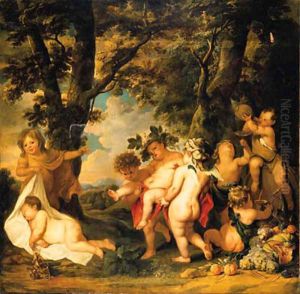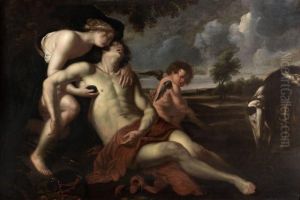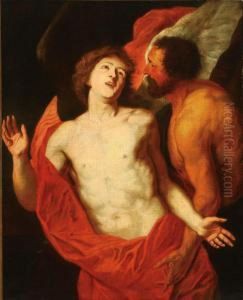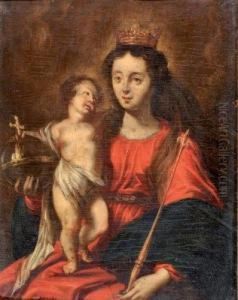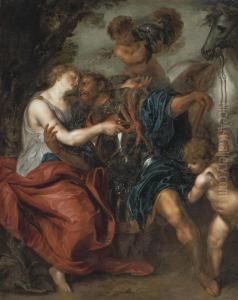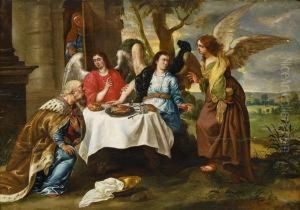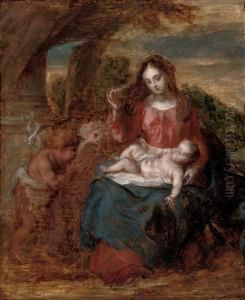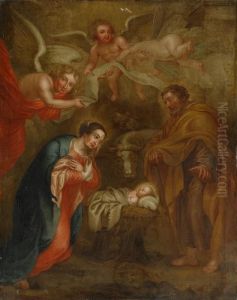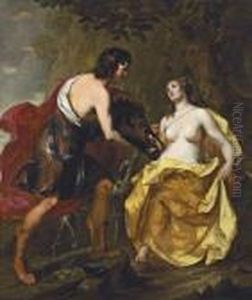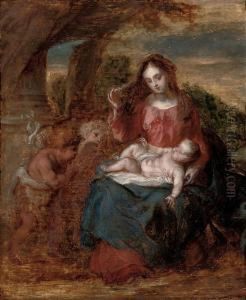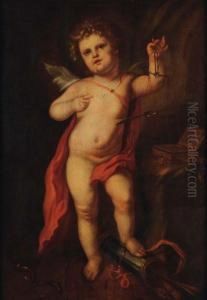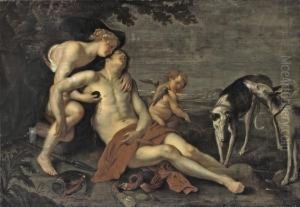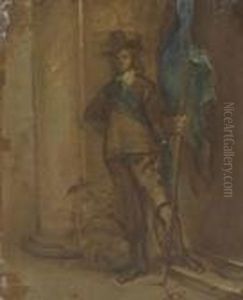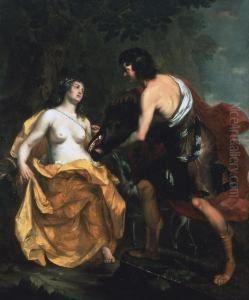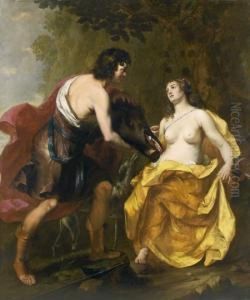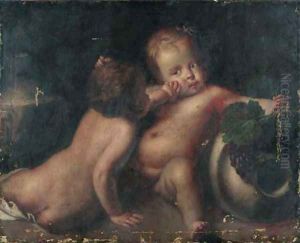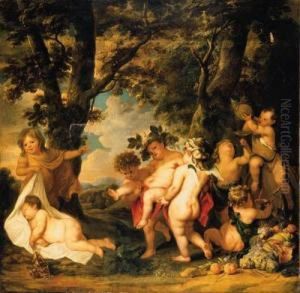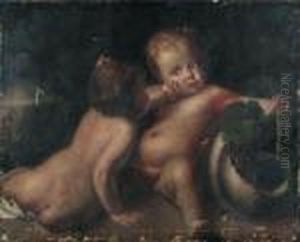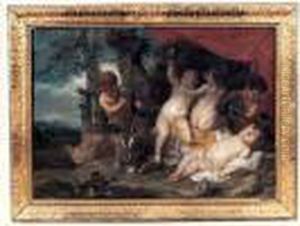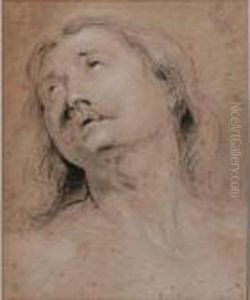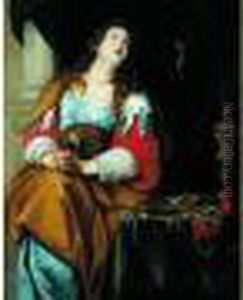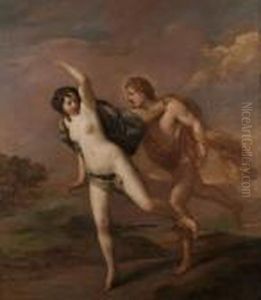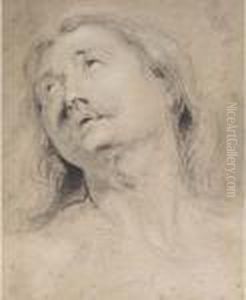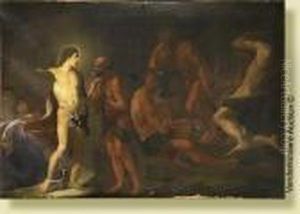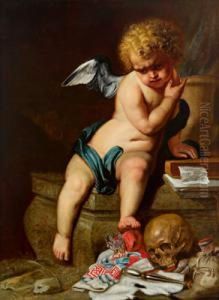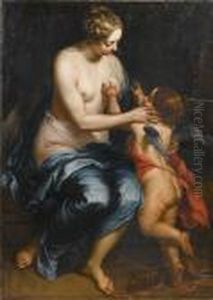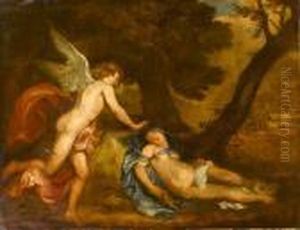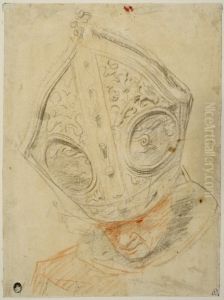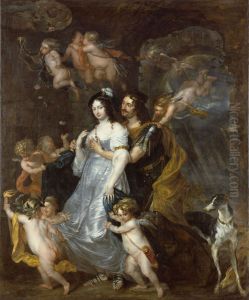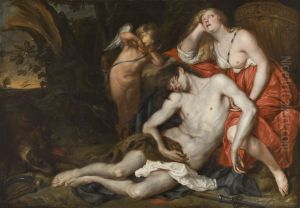Thomas Willeboirts Bosschaert Paintings
Thomas Willeboirts Bosschaert was a Flemish Baroque painter who was born in the city of Bergen op Zoom, which is now in the Netherlands, around 1613 or 1614. Despite being Dutch by birth, he spent most of his career in the Southern Netherlands, specifically Antwerp, which was then one of the centers of artistic production and innovation in Europe. He became a master in the Antwerp Guild of Saint Luke in 1637, indicating his recognition as a professional artist.
Willeboirts Bosschaert was known for his history paintings, which often depicted scenes from the Bible, mythology, and history. His style was influenced by the works of Peter Paul Rubens and Anthony van Dyck, both of whom dominated the Flemish art scene of the time. Bosschaert was particularly adept at creating dramatic compositions, using strong chiaroscuro and dynamic figures to engage the viewer. His paintings also reflected a keen attention to detail and a rich color palette.
Throughout his career, Willeboirts Bosschaert received commissions from various church and civic institutions, as well as from private patrons. He also worked for the court of Archduke Leopold Wilhelm of Austria, the governor of the Spanish Netherlands, which further enhanced his reputation. The artist's work was appreciated for its narrative quality and its ability to convey complex emotions through the expressions and gestures of the figures.
In addition to his history paintings, Bosschaert also produced portraits, genre scenes, and allegorical works. His versatility as an artist allowed him to adapt to the tastes of his clients while maintaining his own artistic voice. He ran a successful workshop in Antwerp and trained several pupils who would go on to have their own noteworthy careers.
Thomas Willeboirts Bosschaert's contributions to the Flemish Baroque tradition were significant, and his works can be found in various museums and collections across Europe. His legacy is that of a skilled storyteller through paint, who captured the essence of Baroque artistry with a distinctly Flemish sensibility. He died in Antwerp in January 1654, leaving behind a body of work that continues to be studied and admired for its technical mastery and emotional depth.
